Programming News
Medium
286

Image Credit: Medium
How I Made $500 in a Week Using This AI Bundle
- Discover how an individual made $500 in a week utilizing a bundle of 12 AI apps for just $14.95.
- The AI bundle offers tools for various business aspects like website creation, video development, and SEO management at an affordable rate.
- Users can also rebrand and resell these apps, keeping 100% of the profits, without the need to develop the tools themselves.
- The ease of use and no-recurring fee structure of the bundle make it a valuable investment for individuals looking to enhance their business operations and generate income.
Read Full Article
17 Likes
Medium
342

GitHub Copilot Just Became an Autonomous Coding Agent — Here’s What That Means for Dev Teams
- GitHub Copilot has evolved into an Autonomous Coding Agent using GitHub Actions to launch private ephemeral dev environments.
- Engineers can leave review comments for Copilot to rework the code like a teammate, leading to a major advancement in AI-assisted development.
- Copilot can handle repetitive or 'nice-to-have' tasks, allowing more focus time for developers and creating a self-maintaining codebase.
- GitHub has provided important security features, making Copilot secure, scoped, and under human supervision. It is now available in public preview with billing starting on June 4, 2025.
Read Full Article
20 Likes
Javacodegeeks
359

Image Credit: Javacodegeeks
Spring Boot 3 + Record-Based DTOs: Cleaner APIs with Better Type Safety
- Java 16 introduced records for immutable data modeling, now combined with Spring Boot 3 for cleaner, more secure, and type-safe APIs.
- Records offer benefits like immutability, better readability, automatic component generation, safer data flow, and alignment with functional programming patterns.
- Using records as DTOs in Spring Boot 3 simplifies code by eliminating boilerplate constructs and ensuring type safety in request and response bodies.
- Best practices include keeping record DTOs purpose-specific, using mapping libraries for entity-DTO conversion, applying Bean Validation annotations for security, and avoiding logic within records.
Read Full Article
21 Likes
Logrocket
364
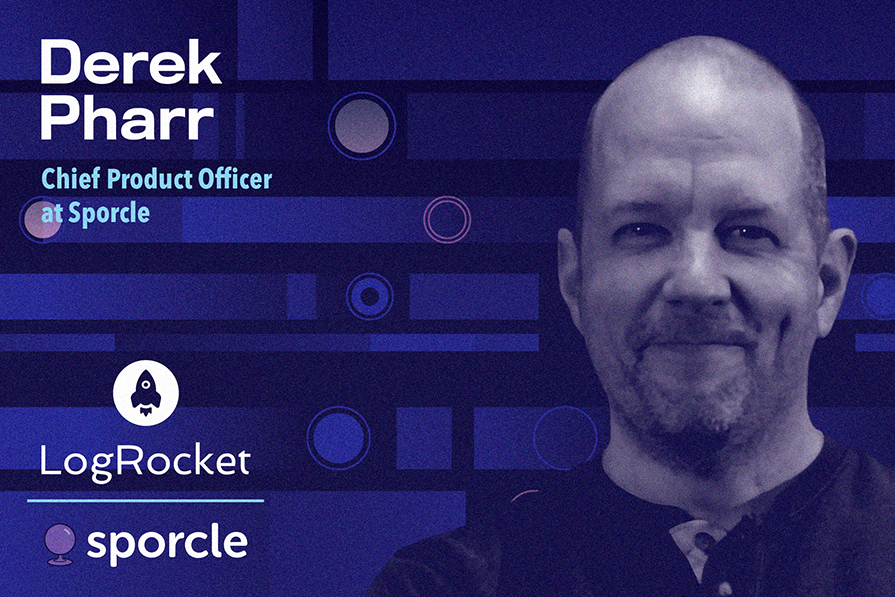
Image Credit: Logrocket
Leader Spotlight: Building and growing a lasting community, with Derek Pharr
- Derek Pharr is Chief Product Officer at Sporcle, Inc., leading products and community initiatives for the past 16 years.
- Community-focused projects like tournaments, editor programs, and quizzes have driven Sporcle's growth and engagement strategies.
- Engagement, trust-building, and feedback channels are key in setting Sporcle's product vision and strategy for long-term community success.
- Success metrics for community platforms like Sporcle include user contributions, forum engagement, quiz plays, and badge earning.
- User feedback and data insights led Sporcle to adjust ad strategies to provide cleaner, contextual user experiences.
- Balancing user feedback, data analytics, and internal initiatives shapes Sporcle's future direction and community evolution.
- User-driven features like Sporcle Tournaments and teacher tools are part of ongoing investments in community-driven initiatives.
- Early investments in quiz creation tools, editor programs, and badge systems laid the foundation for Sporcle's community growth.
- Building meaningful connections, recognizing users' contributions, and consistent engagement are essential in community building.
- Personal projects like the Chief Rabbit newsletter have allowed Derek to apply community-building lessons from Sporcle to other initiatives.
Read Full Article
21 Likes
Discover more
- Software News
- Web Design
- Devops News
- Open Source News
- Databases
- Cloud News
- Product Management News
- Operating Systems News
- Agile Methodology News
- Computer Engineering
- Startup News
- Cryptocurrency News
- Technology News
- Blockchain News
- Data Science News
- AR News
- Apple News
- Cyber Security News
- Leadership News
- Gaming News
- Automobiles News
Dev
413

Image Credit: Dev
Birth of JavaScript: 10 Days, One Man, and a New Era
- In 1995, JavaScript was created by Brendan Eich in just 10 days, becoming the widely-used programming language on the internet.
- JavaScript was developed to add interactivity, validation, and dynamic behavior to the web, which was previously static.
- Netscape, the dominant browser company at the time, sought a lightweight scripting language for web designers, leading to the creation of JavaScript.
- Java and C++ were not suitable for client-side scripting on browsers, prompting the need for a more accessible language like JavaScript.
- Initially named Mocha and LiveScript, JavaScript was later coined as a marketing tactic to ride the popularity wave of Java.
- JavaScript was designed around the needs of the early web, focusing on functions as first-class, prototypal inheritance, and browser event-driven interactions.
- Despite initial bugs and inconsistencies, JavaScript survived and evolved to become the most crucial language for web development.
- JavaScript's impact has lasted for decades, revolutionizing the web with its ability to bring interactivity and dynamism to web pages.
- Episode 2 will explore how JavaScript overcame challenges and emerged as a pivotal language on the internet.
- The journey of JavaScript showcases resilience, evolution, and significance in shaping the modern web landscape.
Read Full Article
24 Likes
Dev
229
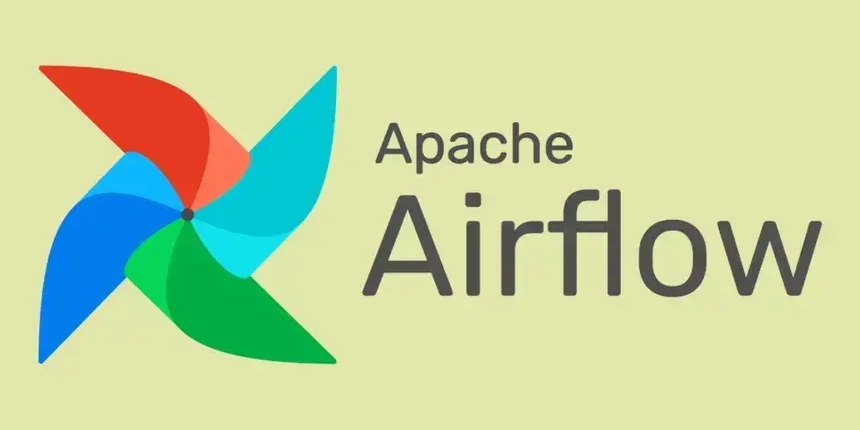
Image Credit: Dev
Ultimate guide to creating a pipeline(Apache Airflow)
- Apache Airflow is an open-source platform for workflows like ETL processes or reporting tasks.
- The guide covers setting up WSL on Windows, installing PostgreSQL, configuring Apache Airflow, and creating a DAG.
- For Windows users, WSL enables running a Linux environment for tools like Apache Airflow.
- PostgreSQL is set up to serve as the metadata database for storing Airflow information.
- Steps involve installing WSL, updating packages, installing PostgreSQL, and creating databases and users.
- Apache Airflow setup includes creating a virtual environment, setting environment variables, installing Airflow with PostgreSQL support, and initializing the database.
- Configuration steps include editing the airflow.cfg file, creating a DAGs folder, and optimizing Airflow settings.
- A sample DAG is provided for ETL processes using Python operators to extract, transform, and load data.
- The guide also covers starting the Airflow webserver and scheduler, accessing the Airflow UI, and confirming database connections.
- The process involves thorough steps from installations to configuration for a seamless data pipeline setup.
Read Full Article
13 Likes
Dev
41

Image Credit: Dev
Why is my React component flickering?
- React component re-renders can happen even if no visible change occurs.
- React.memo can be used to prevent unnecessary re-renders in components that do not change.
- Using useMemo with Context can ensure the value remains the same if the data hasn't changed.
- Context re-renders children if the value changes, even if the value appears the same.
Read Full Article
2 Likes
Medium
246
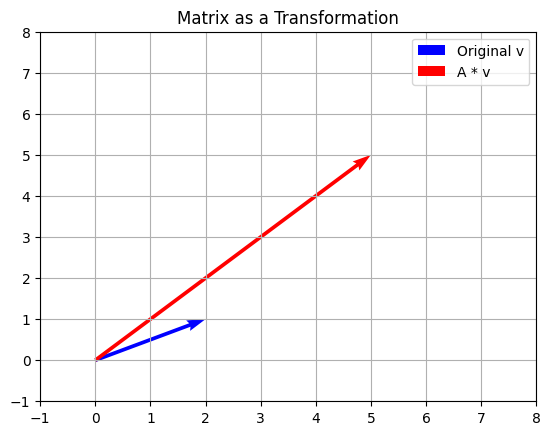
Image Credit: Medium
Linear Algebra For Machine Learning — Explained Visually
- Linear algebra is a crucial language behind high-dimensional data, embeddings, PCA, and neural networks in machine learning.
- Understanding linear algebra helps in improving models and debugging them when issues arise.
- Matrices are powerful transformations that act on vectors, enabling rotations, scaling, flipping, or squashing of data.
- Eigenvalues and eigenvectors play a significant role in understanding transformations and finding hidden structures in data for applications like PCA and SVD.
Read Full Article
14 Likes
Self-Learning-Java
100
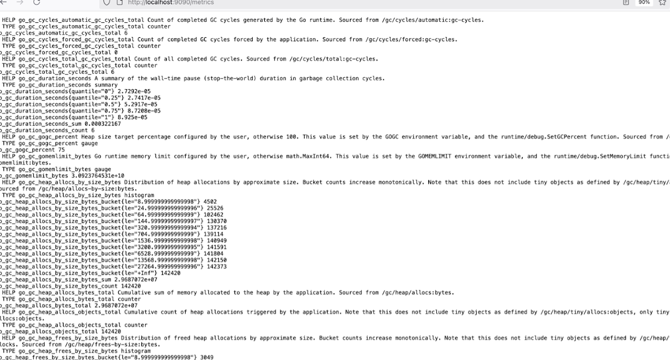
Image Credit: Self-Learning-Java
Understanding Prometheus Metrics for Beginners
- Prometheus metrics provide insights into the performance of applications and systems, helping monitor their health.
- In a Prometheus configuration file, targets are specified for scraping metrics at defined intervals.
- Metrics retrieved from Prometheus are accessible via the /metrics endpoint.
- Prometheus metrics consist of helpful components like HELP, TYPE, metric name, and value.
- Common metric types in Prometheus include counter, gauge, summary, and histogram.
- Counters are ideal for tracking values that only increase, like memory usage or request counts.
- Gauges represent numerical values that can fluctuate over time and are suitable for current-state tracking.
- Summary metrics in Prometheus track events and their durations, providing insights into distributions.
- Histogram metrics in Prometheus enable the observation of data distribution in predefined buckets.
- Understanding Prometheus metrics, their types, and usage can optimize monitoring and troubleshooting processes.
Read Full Article
6 Likes
Medium
282

Image Credit: Medium
How I Created Stunning 8K Movies in Hours
- Advancements in technology, particularly in artificial intelligence, have made it possible for aspiring filmmakers to create stunning 8K cinematic movies with tools like AI MovieMaker.
- AI MovieMaker has revolutionized the creative process for many users, allowing them to complete projects in significantly less time and achieve remarkable results, such as garnering thousands of views in a short period.
- The software democratizes filmmaking by enabling people from various backgrounds to express their creativity effortlessly, like turning raw footage into engaging videos without the need for extensive editing.
- Users can generate income through affiliate marketing, create captivating promotional videos, benefit from a supportive community, and access tutorials to enhance their filmmaking experiences with AI MovieMaker.
Read Full Article
16 Likes
PlanetPython
182
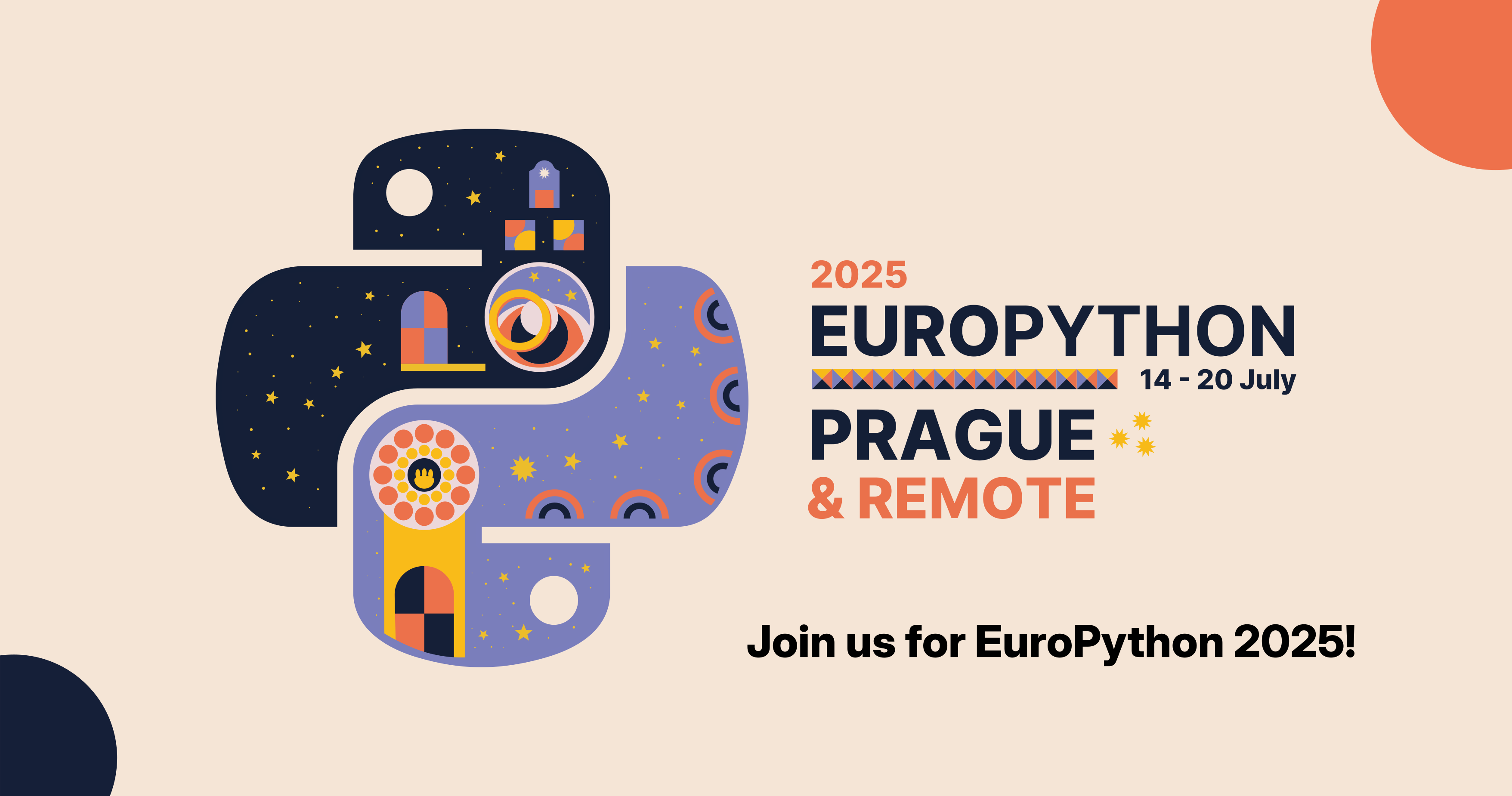
Image Credit: PlanetPython
EuroPython: AI Keynote Reveal, Python Documentary Premiere & Last Chance for Combined Tickets
- Tickets for EuroPython are still available, but combined and tutorial tickets are almost sold out.
- Keynote speaker, Nerea Luis, will discuss the impact of generative AI on developers, managers, and tech professionals.
- A documentary on the history of Python, featuring over 20 core developers, will premiere at EuroPython.
- Last chance to apply as an on-site volunteer for EuroPython from July 14–20 by June 1st.
Read Full Article
10 Likes
Dev
136

Image Credit: Dev
Seeing the World: A Beginner's Guide to Convolutional Neural Networks (CNNs) with PyTorch
- Convolutional Neural Networks (CNNs) are powerful neural networks specifically designed for handling image data and have revolutionized computer vision.
- Traditional neural networks face challenges with image data due to the large number of parameters, slow training, and lack of spatial understanding.
- Convolutional layers in CNNs use filters to efficiently process images, providing parameter efficiency, location invariance, and hierarchical feature learning.
- Essential CNN operations include zero padding for controlling spatial dimensions and max pooling to reduce spatial dimensions and complexity.
- A typical CNN architecture consists of a feature extractor (convolutional layers and pooling) and a classifier (linear layers for prediction).
- Activation functions like ReLU are crucial for CNNs to learn complex patterns, and handling image data in PyTorch involves using torchvision library.
- Data augmentation, training loop definition, and evaluation metrics like accuracy and F1 Score are essential for training and evaluating CNN models.
- Strategies to combat overfitting in CNNs include dropout, batch normalization, weight decay, and early stopping.
- Modern CNN architectures like VGG, ResNet, Inception, and EfficientNet offer improved performance and are available for transfer learning.
- Understanding how CNNs process images and utilizing techniques like data augmentation and regularization are key to building robust computer vision models.
Read Full Article
8 Likes
Johndcook
391

Interpolation instability
- Interpolating at more points does not always give a more accurate approximation, as demonstrated by the famous example by Runge.
- Runge's example shows that interpolating 1/(1 + x²) over the interval [-5, 5] with more interpolation points can actually increase the maximum interpolation error.
- Factors that contribute to Runge's example include evenly spaced interpolation nodes and singularities in the complex plane too close to the domain.
- Using Chebyshev nodes and interpolating analytic functions around the unit interval can mitigate the issues of interpolation instability.
Read Full Article
23 Likes
PlanetPython
364

Image Credit: PlanetPython
EuroPython Society: Board Report for April 2025
- EuroPython Society focused on discussing the 2026 venue and launched the Call for Venues in April 2025.
- Activities included releasing the schedule, coordinating related tasks, confirming event details, signing contracts, and handling administrative duties.
- Various team members worked on sponsor management, infrastructure updates, communication tasks, design coordination, grant work, financial aid program, visa applications, and accounting updates.
- Specific tasks ranged from managing event logistics and programs to website updates, promotional material orders, grant communications, and financial aid distribution.
Read Full Article
21 Likes
Medium
264
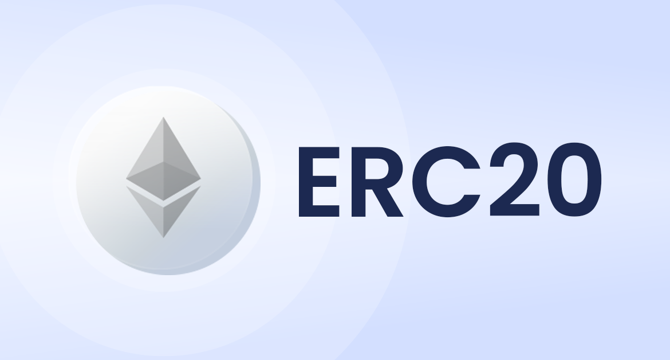
Image Credit: Medium
ERC-20 Explained: The Token Standard That Powers Ethereum’s Economy
- ERC-20 is the token standard widely used on Ethereum, enabling the creation and smooth functioning of thousands of cryptocurrencies on the same blockchain.
- ERC-20 sets rules and guidelines for how tokens should behave on Ethereum, providing standardization and order in the cryptocurrency ecosystem.
- ERC-20 has become the default token standard on Ethereum due to its simplicity in launching tokens, creating a common language for developers globally.
- ERC-20 defines core functions and events like totalSupply, balanceOf, and transfer, making it easier for wallets, exchanges, and dApps to interact with any ERC-20 token.
Read Full Article
15 Likes
For uninterrupted reading, download the app